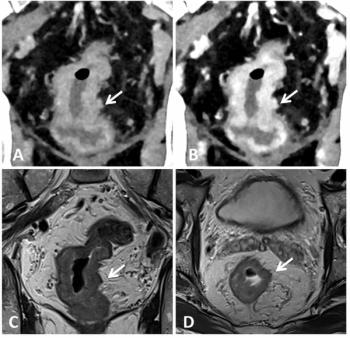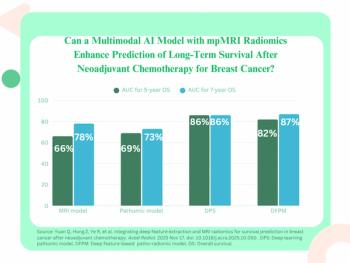
Three-D MRI zeroes in on stroke-inducing carotid artery disease
Evidence that plaque pathophysiology and not just stenosis may be responsible for cardiac and cerebrovascular disease continues to accumulate. Three-D MRI can accurately detect bleeding carotid artery walls, a potentially predictive warning of stroke, according to Canadian investigators.
Evidence that plaque pathophysiology and not just stenosis may be responsible for cardiac and cerebrovascular disease continues to accumulate. Three-D MRI can accurately detect bleeding carotid artery walls, a potentially predictive warning of stroke, according to Canadian investigators.
For a long time both cardio and neurovascular researchers have considered vessel stenosis to be the main factor behind most heart attacks or strokes. Recent studies, however, have identified plaque composition as a major culprit for these conditions and for vascular-related deaths.
Some forms of plaque characterization include ulcerations of the vessel's surface, as well as blood clots and wall bleeding. Three-D MRI could help radiologists detect carotid artery wall bleeding and perhaps even become a useful imaging technique for screening patients at high risk, according to principal investigator Dr. Alan R. Moody.
"We now know that the composition of carotid artery plaque is likely to be more predictive of future stroke events than the amount of stenosis in the vessel," Moody said.
Moody and colleagues at the Sunnybrook Health Sciences Centre in Toronto assessed 11 patients, aged 69 to 81, who underwent 3D MRI of the carotids. Three-D MRI helped detect complicated plaques, which were later surgically removed and sent to biopsy.
The investigators found that lesions identified by MRI correlated significantly with what microscopic analysis of tissue sample defined as complicated plaque. Their findings appear in the October issue of Radiology.
"With high spatial resolution 3D MRI, we are able to noninvasively analyze the tissue within the artery wall and identify small bleeds within rupture-prone plaques that may put patients at risk for future stroke," Moody said.
Three-D MRI is a tool ideally suited to screening high-risk patients for complicated carotid plaques and to monitoring the effects of interventions designed to slow the progress of atherosclerotic disease, he said.
The technique is easy to perform and interpret and takes only a few minutes when added to an MR angiography study, Moody said.
For more information from the Diagnostic Imaging archives:
Newsletter
Stay at the forefront of radiology with the Diagnostic Imaging newsletter, delivering the latest news, clinical insights, and imaging advancements for today’s radiologists.




























